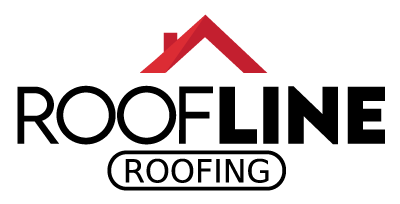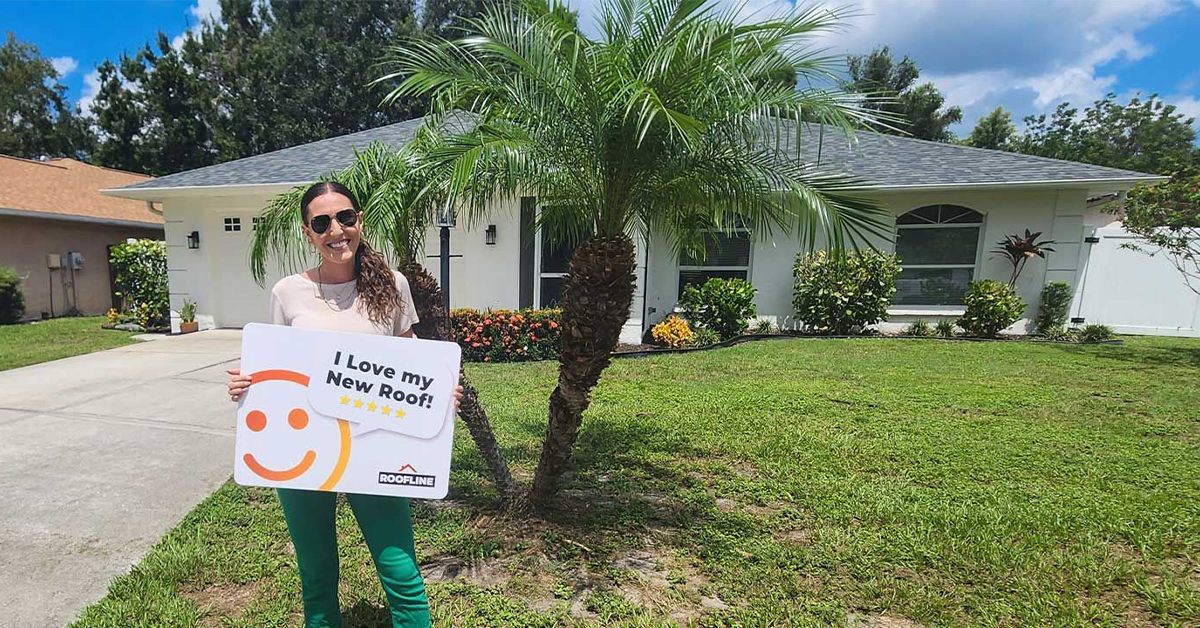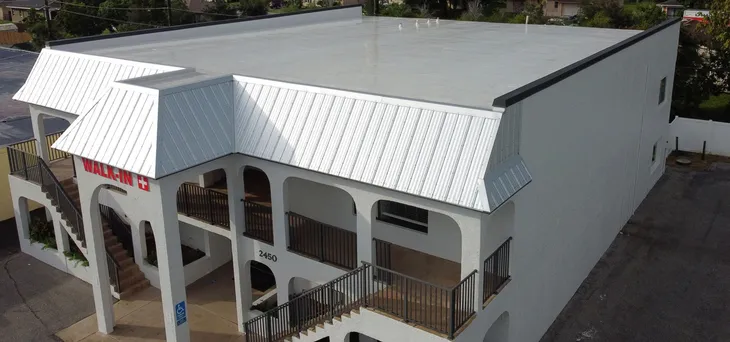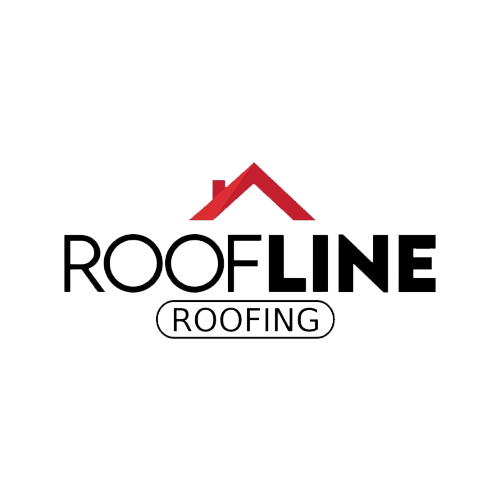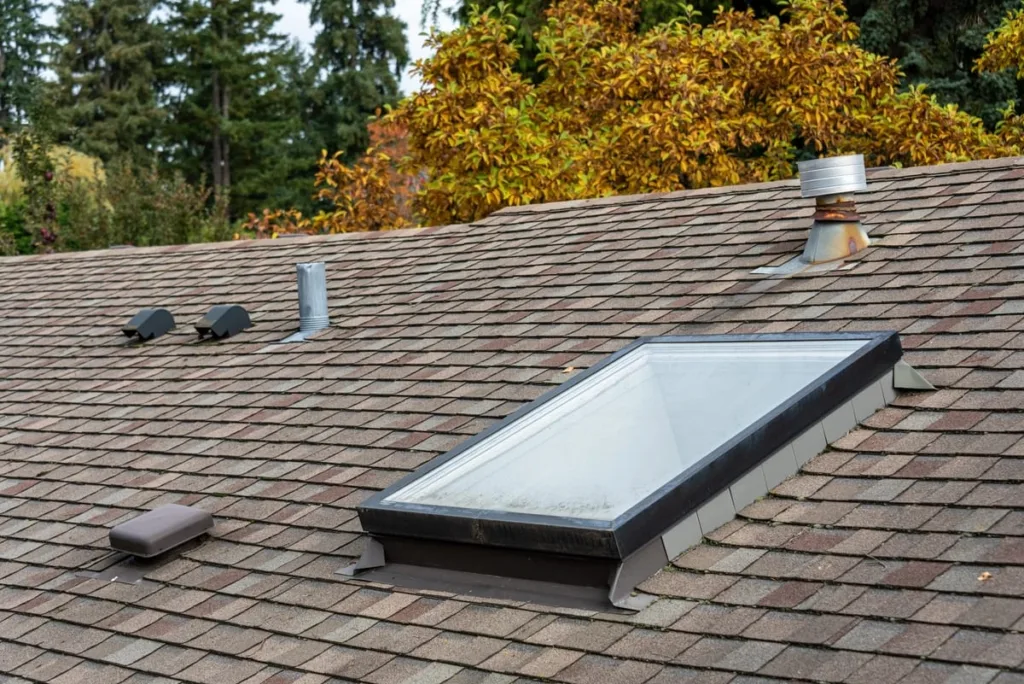
Introducing skylights to your home or commercial property in Bradenton and Manatee County can revolutionize your space with natural light, energy savings, and enhanced ambiance. But beyond aesthetic appeal, the functional benefits of skylights make them a wise investment. Whether for a quaint residential abode or a sprawling commercial property, the right skylight can optimize light exposure, improve ventilation, and support energy-efficient living—all critical in a region known for its sunshine and humidity.
When deciding on installing skylights, understanding the diverse styles and materials available is essential. Each option offers distinct advantages in terms of aesthetics, durability, and cost-effectiveness. More than just a window to the sky, skylights can contribute to healthier air quality, reduce energy costs, and provide acoustic benefits by minimizing the reliance on artificial lighting. Therefore, making informed choices about your skylight installation can turn your property into a brighter, more inviting space while maximizing energy efficiency for years to come.
Skylight Varieties: Styles and Materials Compared
Skylights can transform both residential and commercial spaces by introducing natural light, enhancing the ambiance, and even providing energy savings. In Bradenton, choosing the right skylight type can make a significant difference, given the tropical climate and diverse architectural styles.
When considering skylights, understanding the different styles and materials is vital. Each choice affects not just the aesthetics but also insulation, durability, and cost-effectiveness.
Fixed Skylights
Fixed skylights are non-opening and serve mainly to bring in light. They are the simplest and most economical, being low-maintenance options perfect for hard-to-reach ceilings or any area where ventilation isn’t necessary. According to studies, utilizing natural light can reduce reliance on artificial lighting, cutting electricity costs. The U.S. Department of Energy highlights that fixed skylights can be an effective choice for maximizing daylighting strategies, thus providing substantial energy savings.
Ventilated Skylights
Ventilated, or operable, skylights have a dual purpose: light and airflow. These models are ideal for kitchens, bathrooms, or any place that benefits from an occasional breeze or additional ventilation. They can be opened manually or with remote control. Research indicates that improved ventilation from operable skylights can reduce indoor air pollutants significantly. The American Lung Association emphasizes that proper ventilation is crucial to maintaining healthy indoor air quality.
Tubular Skylights
For compact spaces, tubular skylights offer a practical solution. They channel sunlight through small, reflective tubes and distribute it efficiently. They are typically less invasive to install and are perfect for hallways, closets, or dark corners where conventional skylights aren’t feasible. The Natural Resources Defense Council has noted that tubular skylights are particularly efficient, converting a higher percentage of captured light into usable interior illumination compared to traditional models.
Materials Matter
The materials of the skylight also play a critical role. Typically, you will encounter glass and acrylic options. Each has particular strengths and weaknesses.
Glass Skylights: Known for durability and clear views, glass is often tempered or laminated for safety and UV protection. In warm climates like Bradenton, glass skylights with low-emissivity coatings can be beneficial. These coatings help minimize the amount of ultraviolet and infrared light that passes through, while still allowing visible light. According to Energy Star, low-emissivity coatings can improve energy efficiency by 30-50%.
Acrylic Skylights: These are lighter in weight and often more affordable than glass. Acrylic offers flexibility, which makes it less likely to shatter under stress from impacts or thermal expansion, particularly valuable in hurricane-prone areas. However, acrylic may yellow over time and doesn’t provide the same optical clarity as glass.
Styles to Fit Your Space
When planning a skylight installation, the style choice is just as important as the material.
Flat Skylights: Sleek and modern, flat skylights work well with minimalist architecture. They lay flush with the roof, promoting a streamlined look.
Dome Skylights: With a bubble-like shape, dome skylights enhance the natural light capture and disperse sunlight more evenly. They’re practical in areas facing frequent debris or rainfall, as their shape naturally sheds water and leaves.
Pyramid and Ridge Skylights: These are often used in large commercial properties but can make a statement in larger residential homes as well. Their multi-faceted structures can bring a dramatic effect and are often the centerpiece in spaces like lobbies or atriums.
Choosing the right skylight involves balancing style, function, and material. Each option offers unique benefits that can enhance your living or working space, tailored to factors like climate and building architecture. Reputable sources like the U.S. Department of Energy and Energy Star provide guidelines on maximizing skylight effectiveness, ensuring your investment is as energy-efficient and beneficial as possible. In Bradenton, incorporating the right skylight type offers the chance to leverage abundant sunshine sustainably and stylishly.
Installation Insights: Considerations for Structural Integrity
Evaluating the structural integrity of the building is crucial before initiating a skylight installation in the Sarasota region. A thorough assessment ensures that the building can support the additional weight and potential weather impacts associated with skylights. Given Sarasota’s humid climate and frequent storms, neglecting this step could lead to future leaks and compromised safety.
Firstly, it’s essential to assess the roof’s load-bearing capacity. Skylights add weight and may alter the roof’s distribution of stress. Consulting with a structural engineer can provide clarity on whether the current framework can handle the installation or if reinforcements are necessary. The National Roofing Contractors Association (NRCA) advises that before integrating any roof feature, verifying the load limits is essential to avoid unnecessary risks.
Next, consider the roofing materials involved. Asphalt, slate, metal, and tile each interact differently with skylights. For example, metal roofs require specific flashing adaptations to secure skylight perimeters effectively, preventing moisture penetration. The Florida Building Code specifies the importance of using code-compliant flashing techniques to adapt installations to both the material and the environmental conditions typical of Sarasota.
The impact of potential expansion and contraction caused by temperature variations should also be a key consideration. For instance, exposure to the intense Florida heat can cause roofing materials to expand. This expansion must be addressed in the installation process to prevent future seal failures around the skylights. Incorporating expandable sealants or flexible flashing can accommodate these shifts. It’s recommended to use high-quality, UV-resistant sealants to maintain effectiveness over time, as noted by the International Association for Skylight Safety.
Weatherproofing is another essential factor for longevity. In Sarasota’s hurricane-prone environment, sturdy weatherproofing must accompany any skylight installation. Impact-resistant glass with an appropriate frame design can withstand high wind speeds and prevent debris damage. According to data from the Insurance Institute for Business & Home Safety (IBHS), buildings with appropriately designed and installed impact-resistant features exhibit significantly reduced storm damage.
Moisture management should not be overlooked. Ensuring that proper drainage systems are in place can avert water pooling, which may otherwise lead to leaks or structural rot. A well-installed drainage system channels water away efficiently, protecting not only the skylight but the entire roof structure. The Home Innovation Research Labs suggest that including self-sealing underlayment during installation can mitigate water penetration, increasing overall durability.
Finally, integrate routine maintenance into your plans. After installation, regular inspections and maintenance of your skylights can identify and resolve issues before they lead to significant repairs. Professionals should check seals and flashing annually, especially after severe weather events. The National Fenestration Rating Council emphasizes regular maintenance as a key to maintaining energy efficiency and prolonging the skylight’s life, which is critical for the investment’s value.
By considering these structural integrity aspects, property owners can make informed choices that enhance their buildings without compromising safety or functionality. Proper planning and execution can turn skylight installations into valuable, long-term investments. In Sarasota, where the weather can be unpredictable, ensuring these precautions are in place will help achieve durability and satisfaction with a newly lit, naturally brightened space.
Light and Comfort: Choosing Skylights for Maximum Benefit
Selecting the right skylights can enhance natural light and comfort in both homes and commercial spaces, providing significant benefits. In Manatee County, astute skylight choices can optimize these advantages, given the region’s sunny climate.
Harnessing Natural Light
The influx of natural light through skylights can create a more welcoming and vibrant environment. This is particularly crucial in areas like living rooms, offices, and communal spaces where people frequently gather. Natural light has been scientifically shown to improve mood and productivity while reducing reliance on artificial lighting. According to a study by the Lighting Research Center, spaces with ample daylight exposure result in healthier circadian rhythms, enhancing overall well-being.
Energy Efficiency and Cost Savings
Strategic skylight placements can lead to significant energy savings, reducing the need for artificial lighting and heating. In commercial settings, where energy costs can be substantial, skylights that incorporate advanced glazing technologies can mitigate heat loss while maximizing light input. This is especially effective during cooler months when the sun’s warmth can decrease heating demands, translating to lower utility bills. The U.S. Environmental Protection Agency states that integrating energy-efficient skylights can significantly reduce overall energy consumption in a building.
Improving Airflow and Ventilation
For areas where ventilation is a priority, operable skylights offer an effective solution. By allowing hot air to escape, ventilated skylights enhance airflow and maintain a pleasant indoor climate, crucial in Manatee County’s humid environment. Improved air circulation not only makes spaces more comfortable but also enhances air quality by reducing humidity and minimizing mold growth risks. The American Society of Heating, Refrigerating, and Air-Conditioning Engineers (ASHRAE) supports incorporating ventilated solutions to achieve optimal building performance.
Aesthetic Enhancement
Skylights are also a powerful architectural element, adding character and depth to any space. Whether it’s accentuating a modern design or highlighting traditional features, the right skylight can transform interiors. For businesses, skylight installations can create aesthetically pleasing environments that align with brand identity, providing a unique selling point that distinguishes the establishment from competitors. In educational institutions, studies indicate that well-lit and visually appealing environments can enhance learning experiences and boost student morale.
Acoustic Benefits
Interestingly, skylights contribute to improved acoustics. By reducing the need for artificial lighting fixtures—often sources of ambient noise—skylights can create quieter, more tranquil environments. This is particularly beneficial in noise-sensitive areas such as libraries, medical facilities, and places of work.
Installing with Precision
For optimal results, installation must be precise. Professional guidance ensures skylights are positioned to harness maximum natural light without causing glare. In Manatee County, where frequent storms and intense sunlight are common, professional installations involve considerations like UV filtering and storm-proof glass, ensuring reliability and longevity. The Florida Solar Energy Center underscores the importance of using institutions certified in energy-efficient practices to achieve the best outcomes.
Choosing the right skylights involves understanding specific needs and climate conditions to transform spaces effectively. Through careful selection and placement, skylights can significantly enhance light, energy efficiency, and comfort in any environment.
You might be asking
What factors should be considered when selecting skylights?
When selecting skylights, consider the roof’s slope and orientation to maximize natural light. Choose between fixed or vented skylights based on your needs for ventilation. Consider the size of the skylight in relation to the room, ensuring it complements the room’s dimensions. Evaluate your budget, installation costs, and maintenance requirements. Lastly, research the skylight’s energy efficiency ratings to determine how it will affect your home’s climate control.
How does the choice of skylight material affect energy efficiency?
The material of the skylight significantly impacts energy efficiency. Glass skylights are typically more energy-efficient than plastic options, especially if they have a low-E coating that minimizes ultraviolet light and heat entry. Double or triple glazing further improves insulation. The frame material also matters; thermally broken aluminum or wood frames can reduce heat loss compared to metal frames without thermal breaks.
What are the potential benefits and drawbacks of installing skylights?
Skylights offer several benefits, including natural light enhancement, energy savings on lighting, potential solar heat gain in colder months, and aesthetic appeal. However, there are drawbacks to consider, such as potential heat loss during winter or excessive heat gain in the summer, leading to increased cooling costs. Skylights may also pose a risk of leaks if improperly installed and could require frequent cleaning to prevent dirt buildup blocking the light.
Next Steps
As you move forward with your skylight project, recognizing the unique attributes of each skylight type and the benefits they provide can transform your property into a more pleasant and efficient space. Whether you’re seeking improved light, ventilation, or aesthetic appeal, consider how each skylight option fits your specific needs and the conditions typical to Sarasota and Manatee Counties. Keep in mind the importance of assessing structural integrity and enhancing energy efficiency to ensure your investment’s success both now and in the future.
For property owners ready to utilize natural light to its fullest, discussing your goals with a professional can guide you in making the best choice. Roofline Roofing offers a wealth of experience to help you select and install skylights tailored to your needs. Contact us for a free consultation, and let us assist you in enhancing your living or working space with stylish and efficient skylight solutions.
Contact Us
Use the form below to contact us or to schedule a free consultation.
I would highly recommend Roofline Roofing for any roofing needs. As a fellow business owner, their professionalism and efficiency stood out. They provided quality service, completed the job on time, and their pricing was fair. Very satisfied with their work!
-- Logan L.
